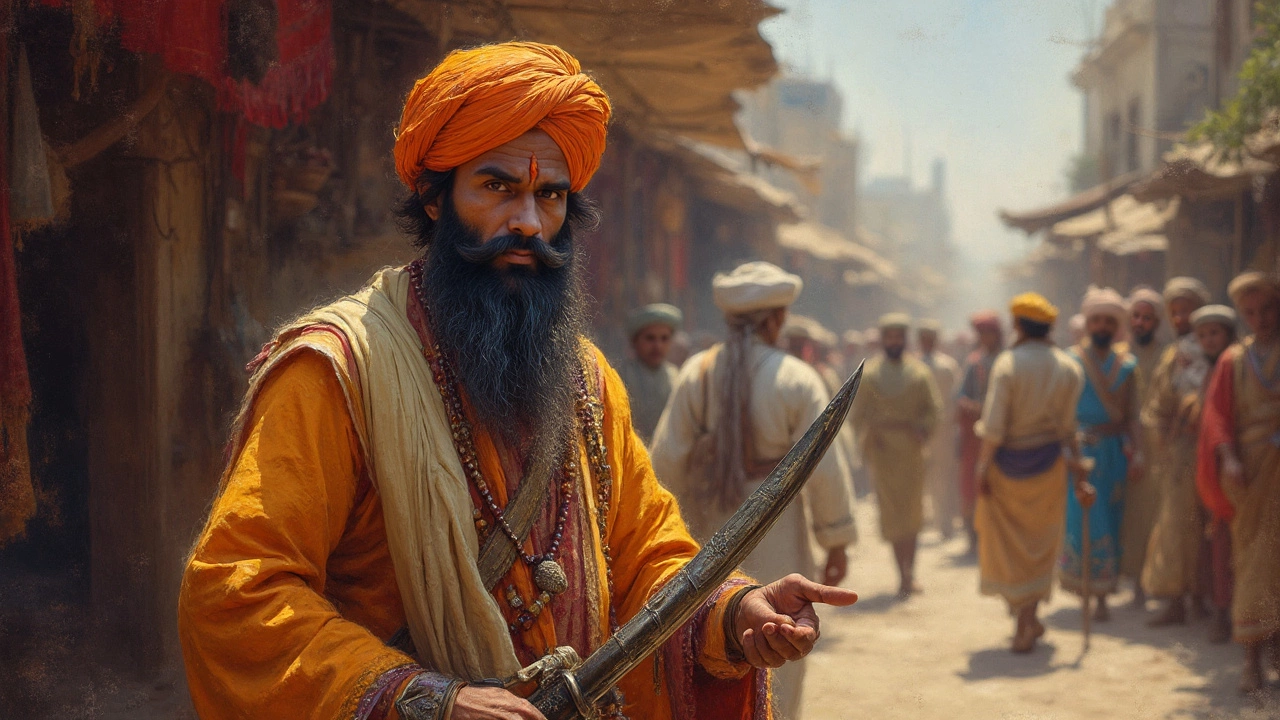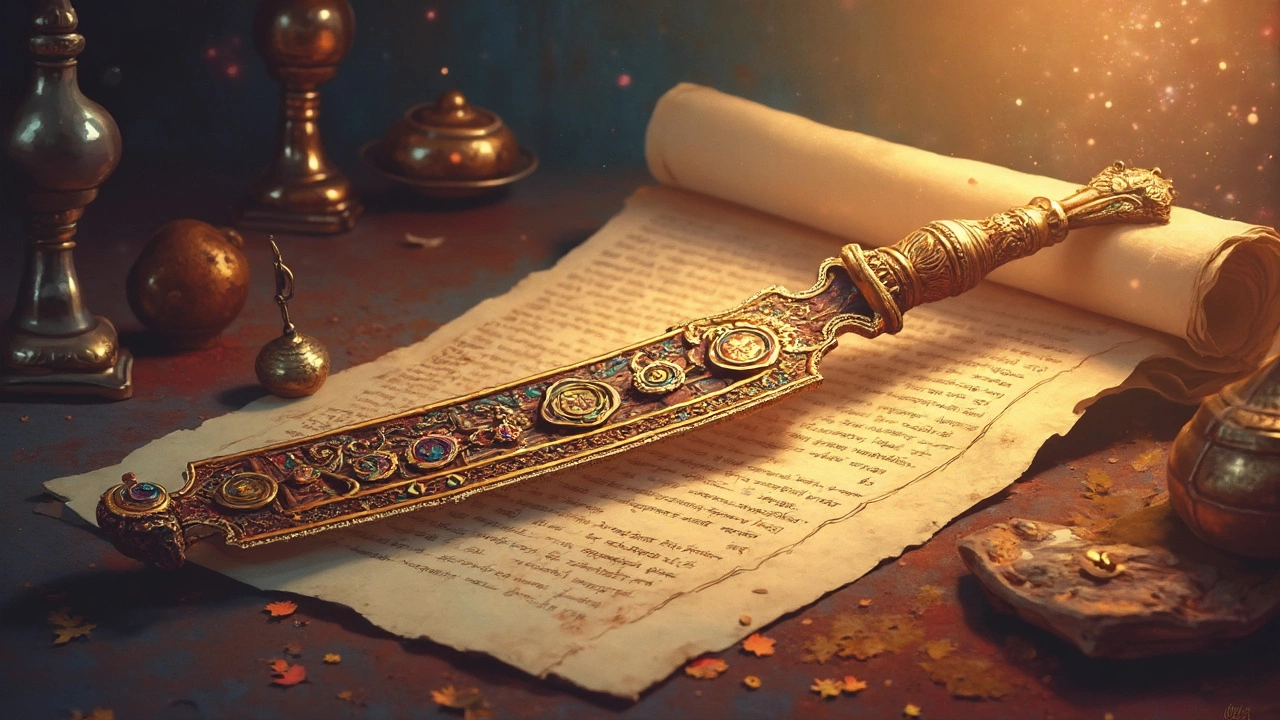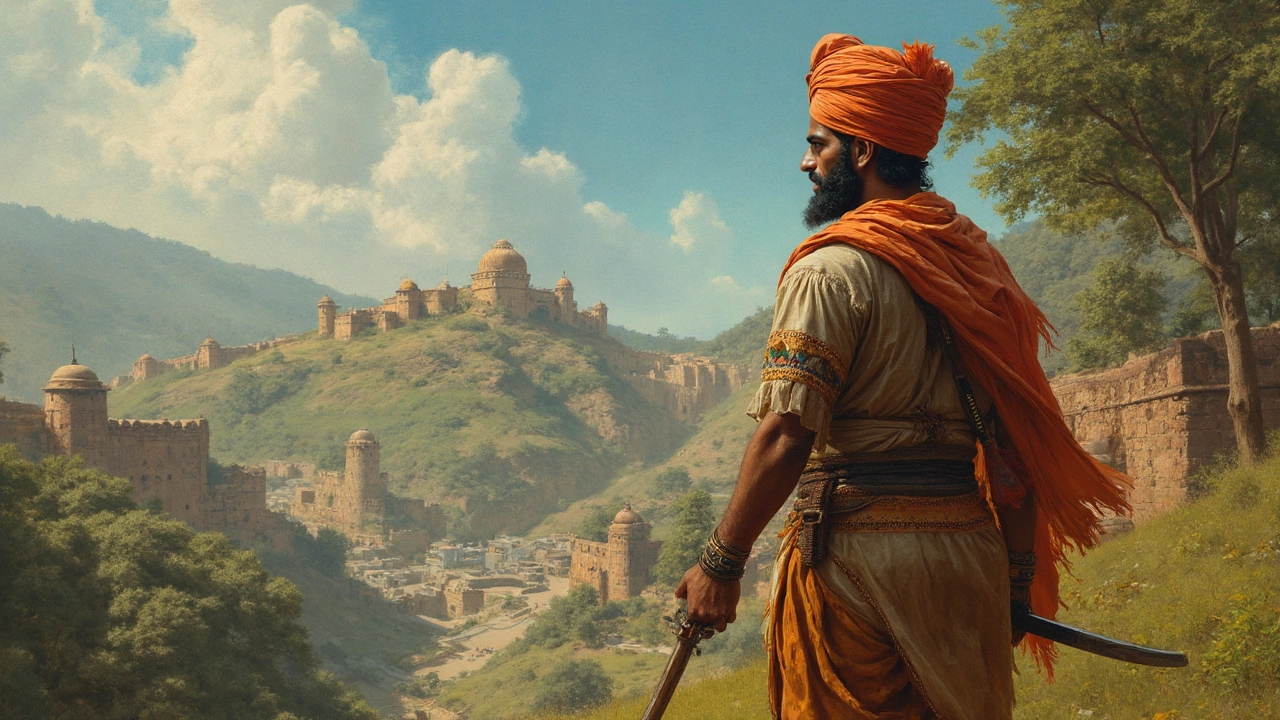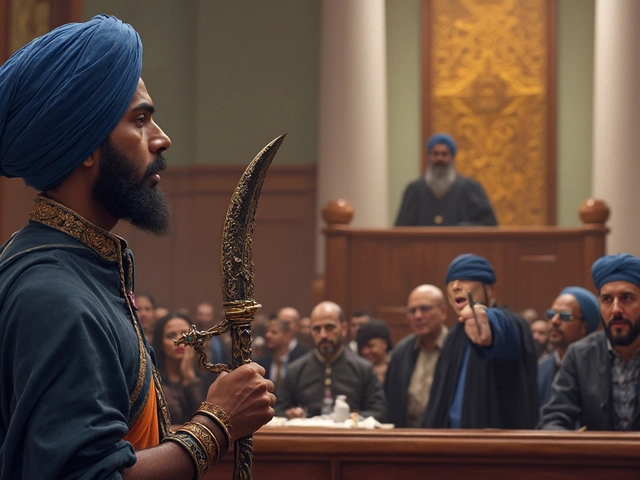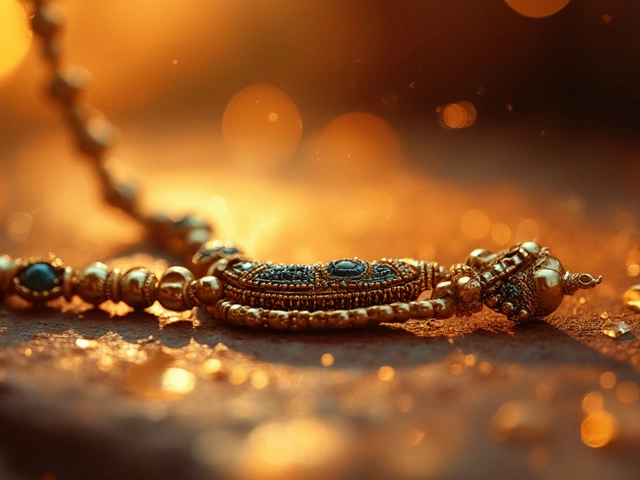History of Indian Jewelry: From Ancient Courts to Everyday Chic
If you’ve ever wondered why a simple gold chain feels so special, the answer lies in centuries of stories, rituals, and regional pride. India’s jewelry didn’t just evolve for fashion; it grew with religion, politics, and trade routes. Understanding that journey helps you pick pieces that aren’t just pretty, but meaningful.
Ancient Roots and Royal Patronage
Archaeologists have uncovered gold beads dating back to the Harappan civilization, proving that metalwork was prized long before empires rose. Those early artisans used simple hand‑hammering techniques, yet the pieces already symbolized wealth and protection. As kingdoms like the Mauryas, Guptas, and later the Mughals expanded, they turned jewelry into a language of power.
Mughals introduced intricate filigree and used precious stones like rubies and emeralds to showcase their court’s sophistication. The hallmark "875" you see on many gold items today traces back to this era, indicating 21‑karat purity—a standard the British later regulated.
Regional hubs also shaped the scene. Jaipur earned the nickname "Pink City of Gems" because its craftsmen mastered setting stones in gold. Surat, by the sea, became a silver powerhouse thanks to its access to trade routes. Knowing these city histories helps you spot authentic pieces; for example, a Surat silver bangle often carries the "833" stamp, marking 83.3% purity.
Modern Shifts and Everyday Wear
Post‑independence, jewelry moved from royal courts to daily wardrobes. The 1960s saw a boom in gold bangles and mangalsutras as symbols of marital bliss. Today, black beads in mangalsutra designs blend tradition with a modern edge, while black bangles have become statement accessories.
Contemporary designers also experiment with mixed metals, adding rose gold or even blackened silver to classic silhouettes. This mix‑and‑match approach lets younger shoppers honor heritage without looking outdated. If you’re buying online, check for BIS hallmarks and test for magnetism to avoid cheap plating.
Even niche items like nose studs carry deep roots. Historically, nose piercings marked marriage or community identity, varying across Hindu, Muslim, and tribal groups. Modern trends still respect these meanings, but you’ll find designs that fuse ethnic motifs with minimalist styles.
What does all this mean for your next purchase? Look for pieces that tell a story—whether it’s a 21‑karat gold necklace from Jaipur, a silver 833 bangle from Surat, or a mangalsutra with black beads that nod to ancient symbolism. Those stories not only add emotional value but often preserve resale worth, as collectors favor well‑documented heritage.
At RH Jewellers, we curate collections that reflect this timeline, offering everything from antique‑inspired gold sets to contemporary mixed‑metal pieces. Each item is inspected for authentic hallmarks, so you know you’re getting genuine history—not just a replica.
Next time you admire a piece of jewelry, ask yourself: what era does it echo? Understanding the history behind the sparkle turns a simple purchase into a personal connection with India’s rich cultural tapestry.
The Evolution of the Kirpan: A Journey Through Time
The Kirpan, a symbol of valor and religion for Sikhs, has undergone significant changes over time. This article explores its evolution, from an ancient weapon to a modern-day sacred article. Discover how historical events and cultural shifts have shaped the Kirpan's design and significance. Learn interesting facts and insights that reveal the unique journey of this cherished symbol. Gain a deeper appreciation for the Kirpan's place in Sikh tradition and its continuing relevance today.
The Kirpan: History and Significance in Sikhism
The Kirpan is more than just a ceremonial sword for Sikhs; it's a profound symbol of spirituality, courage, and dignity. Explore its rich history from its origins in Guru Gobind Singh's time to its role in modern Sikh identity. Discover why Sikhs wear the Kirpan daily and how it represents their values of justice and protection. Learn the legal aspects and cultural significance of this sacred emblem.
The Evolution of the Kirpan: A Journey Through Time
The kirpan is not just a dagger in Sikhism; it holds a deep spiritual and cultural significance. Over the years, its design and use have adapted, yet its symbolic meaning remains unchanged. This article delves into the history, modern interpretations, and the diverse roles the kirpan plays today. We will explore how different communities interpret the kirpan's relevance and how this ancient tradition meets contemporary challenges.
The Evolution of the Kirpan: Tracing Its Path Through Time
The Kirpan, a ceremonial sword, is a critical element of Sikh faith representing courage and self-defense. Over the years, it has undergone significant transformations, reflecting cultural, religious, and social shifts. Exploring its history offers insight into its evolving role and symbolism. Let's understand how the Kirpan has adapted over time, maintaining its relevance across generations.
